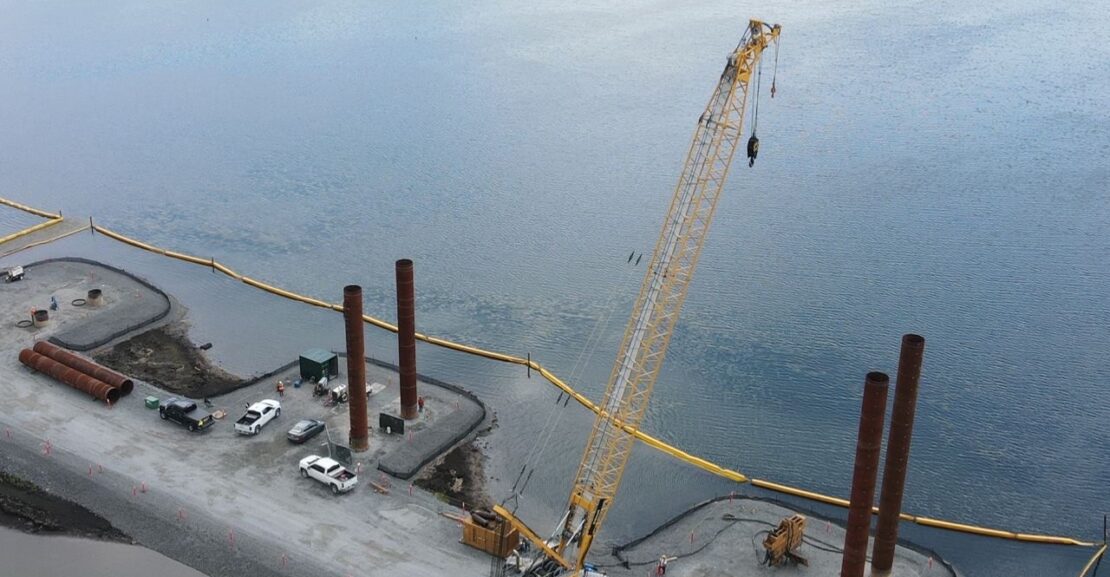Bridges are essential structures that provide transportation and access over bodies of water, valleys, and other obstacles. Building a bridge is a complex and multi-step process that involves careful planning, design, and construction. This article will explore the different phases involved in building a bridge.
Planning and Design
This phase is the foundation of the entire bridge-building process. The first step involves analyzing the site where the bridge is to be built. This includes assessing the topography, geology, and hydrology of the area, as well as any environmental and safety concerns. Based on this analysis, engineers and architects then determine the best construction method and materials to use. Next, they create a design and plan for the bridge, including its layout, dimensions, and specifications. This phase is critical in ensuring that the final product is safe, functional, and meets all necessary regulations and standards.
Site Preparation
Before construction can begin, the site must be prepared. This includes clearing and leveling the area, as well as removing trees and installing retaining walls if necessary. The site must be made ready for heavy machinery and equipment to be brought in for the next phase of construction.
Foundation Work
The foundation of a bridge is its most important component, as it provides the stability and support needed to carry the weight of the bridge and any traffic that passes over it. In this phase, excavation work is done to create the foundation and pier structures. Concrete is then poured and steel reinforcements are installed to provide additional support. The foundation must be carefully constructed to ensure that it can withstand the weight of the bridge, as well as the forces generated by wind, water, and earthquakes.
Construction of the Superstructure
Once the foundation is in place, the main components of the bridge can be built. This includes constructing the deck, beams, girders, and other parts of the bridge’s superstructure. This phase requires the use of cranes and heavy equipment, as well as a team of skilled workers. The superstructure must be built according to the specifications and design plans created in the first phase.
Deck Placement
With the superstructure complete, the bridge deck can be placed on top. The deck is the portion of the bridge that vehicles and pedestrians will use, so it must be constructed with care. Any additional components, such as railings and lighting, are also installed during this phase. The deck must be level and smooth, and any gaps or seams must be sealed to prevent water from penetrating the structure.
Finishing and Landscaping
With the bridge nearly complete, the finishing touches can be added. This includes painting, installing signage, and landscaping the area around the bridge. This phase is critical in giving the bridge its final appearance and making it visually appealing.
Testing and Commissioning
Before the bridge can be opened to the public, it must undergo extensive testing and inspection to ensure it is safe and functional. This includes load testing, which involves placing weights on the bridge to simulate the forces it will experience in real-life use. The bridge must also be inspected to ensure it meets all necessary regulations and standards. Once the testing and inspection are complete and the bridge has received final approval, it can be opened to the public.
These are the main phases involved in building a bridge, and each step is critical in ensuring that the final product is safe, functional, and aesthetically pleasing. The specific steps involved in building a bridge can vary depending on the type of bridge and construction method used, but this overview provides a general idea of the process.
How many types of bridges are there?
There are five primary types of bridges, including beam bridges, integral beam bridges, cantilever bridges, arch bridges, and cable-stayed bridges.
What materials are used to build a bridge?
Bridges are constructed using a variety of materials, including steel, concrete, stone, and asphalt, as well as other joint materials such as iron, timber, aluminum, and rubber. These materials are employed in various ways throughout the construction of a bridge. Below, you will find a breakdown of some common applications for each material.
